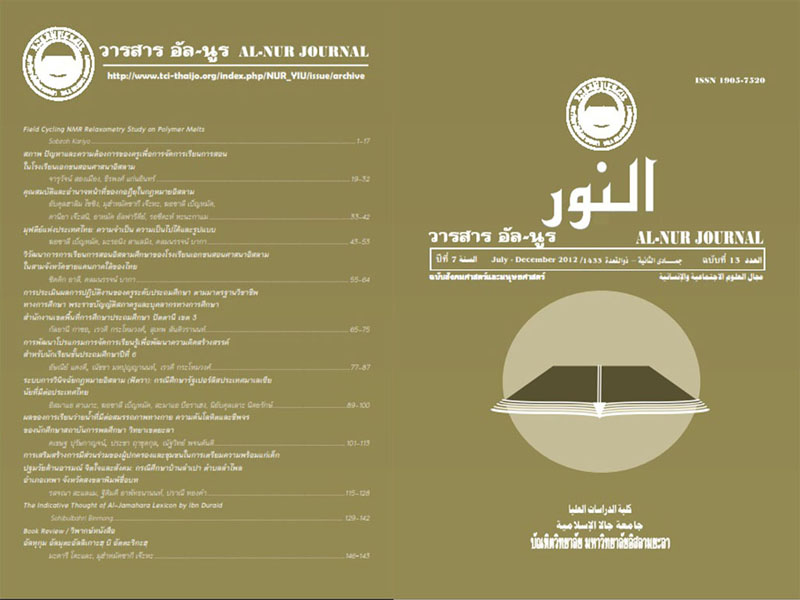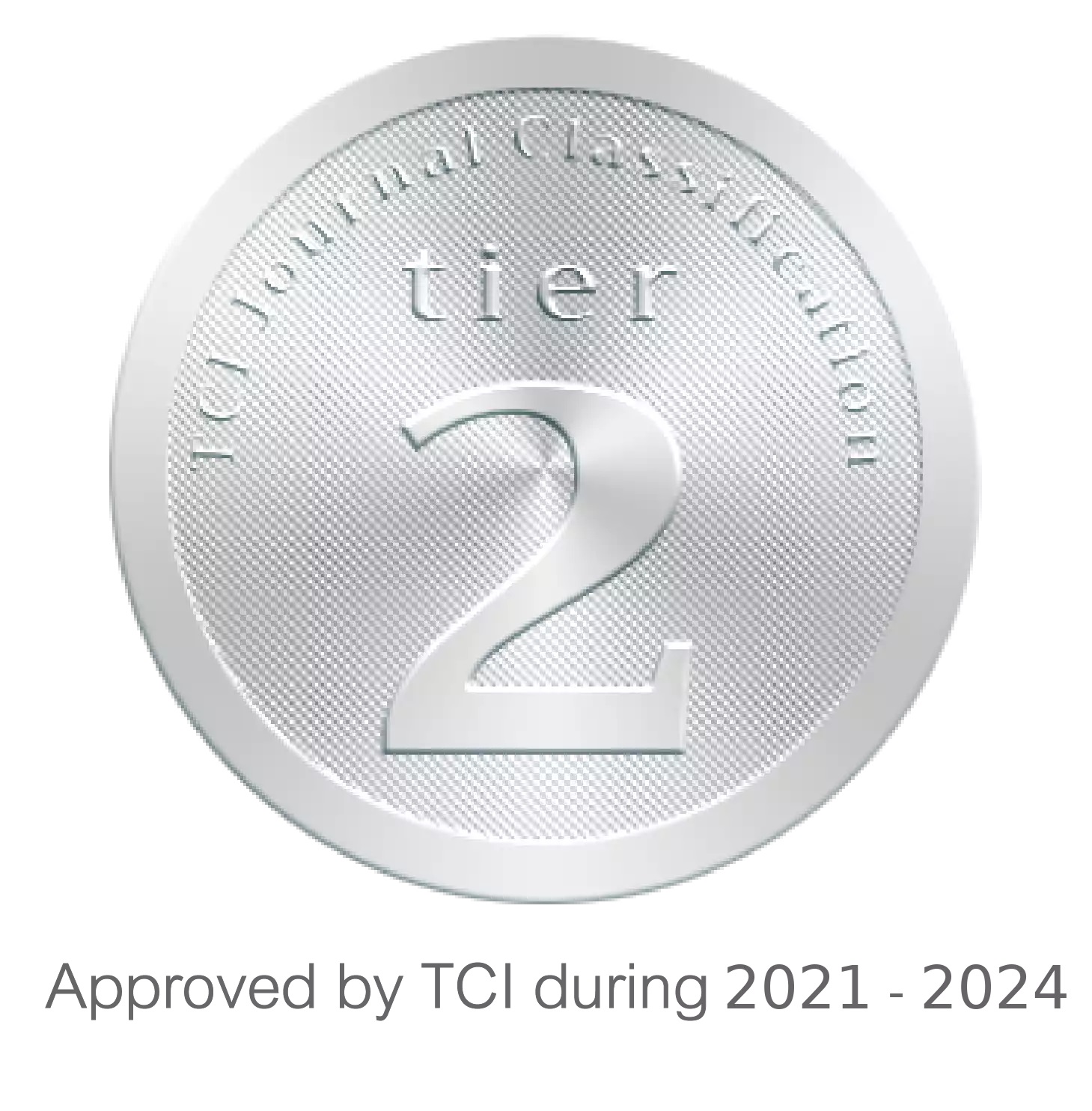Field Cycling NMR Relaxometry Study on Polymer Melts
Abstract
Abstract
Field cycling NMR relaxometry is a suitable technique to investigate the crossover from glassy dynamics through Rouse to reptation behaviour on polymer melts. Interpretation in term of the NMR susceptibility instead of the T1 relaxation dispersion as a function of frequency, as usual, is reviewed. It has been applied for the first time to study the polymer dynamics on the polybutadiene (PB) melts. Usually, the dynamics of polymer melts consist of both the polymer specific dynamics and the glassy dynamics. Separating the contribution from the glassy dynamics presented on the total NMR relaxation spectra, the polymer contribution can be isolated. The latter shows typical Rouse relaxation features that grow with molecular weight Mw and saturate at high Mw. Comparing to Rouse theory, the Rouse unit MR and the entanglement weight Me are able to obtained. The dynamic order parameter S can also be obtained from the polymer relaxation spectra. A significantly high value of S for PB melts, S ~ 0.34, comes mainly from the Rouse spectra. A slightly Mw dependence of PB melts are observed and only a small dynamic order parameter, S ~ 0.02, are obtained when the Mw is higher than the entanglement weight Me. These results correspond to those obtained by other techniques.
Keywords: NMR relaxometry, Polymer Dynamics, Polymer Melts, Polybutadience



